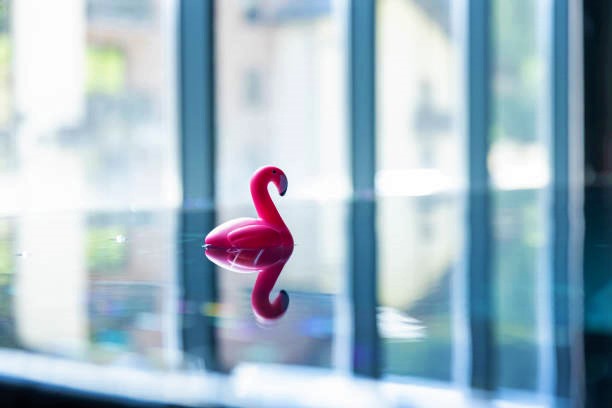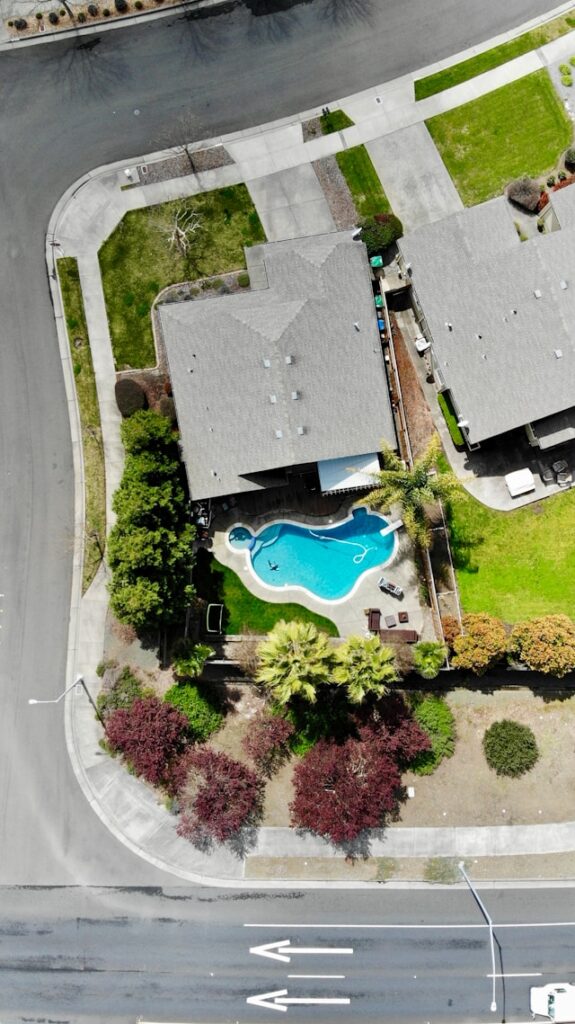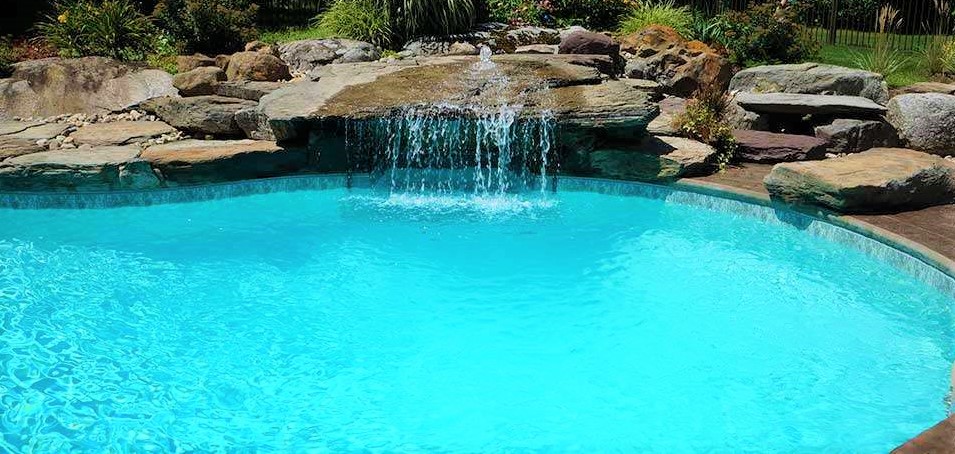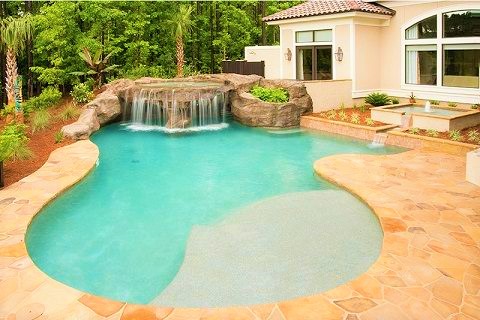Understanding Pool Circulation for Effective Maintenance
Maintaining a clean and healthy swimming pool requires more than just skimming leaves off the surface and adding chlorine. One of the fundamental aspects of pool maintenance that often gets overlooked is circulation. Proper circulation is crucial for keeping your pool water clean, balanced, and free from harmful contaminants. In this comprehensive guide, we’ll delve into the importance of pool circulation, how it works, and essential tips for optimizing circulation to ensure effective maintenance of your pool.
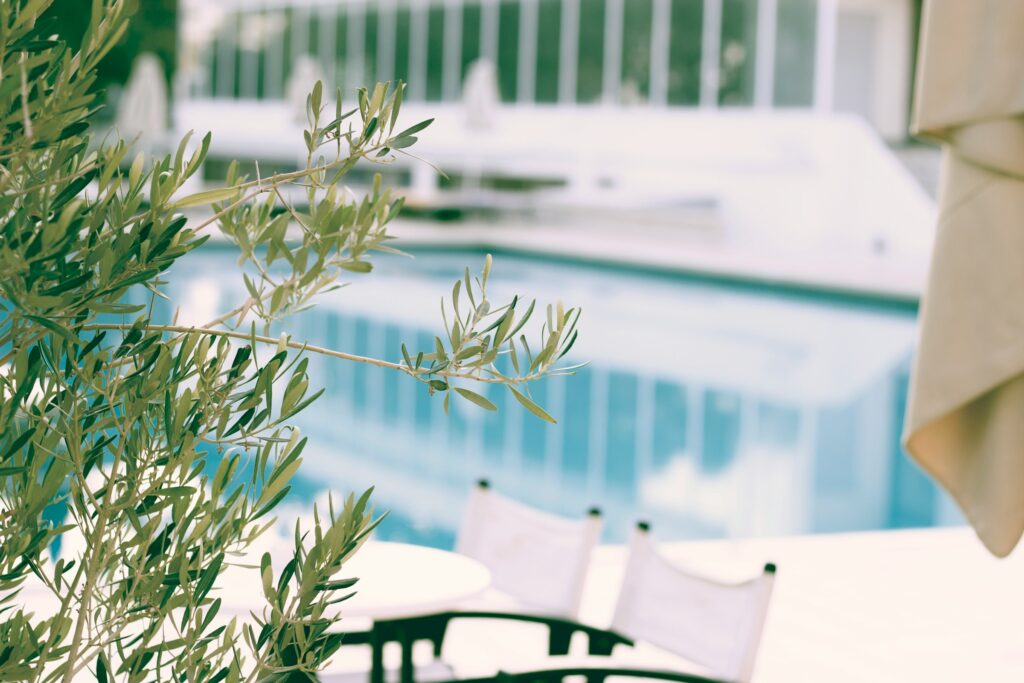
The Importance of Pool Circulation
Imagine your pool as a giant bathtub. If you leave the water still for an extended period, it becomes stagnant, inviting algae growth, bacteria, and other undesirable elements. Pool circulation prevents this stagnation by continuously moving the water, which serves several essential purposes:
Chemical Distribution
Proper circulation ensures that chemicals, such as chlorine and pH adjusters, are evenly distributed throughout the pool. This helps maintain the water’s balance and prevents localized chemical imbalances that could lead to problems like algae blooms or cloudy water.
Debris Removal
Circulating water helps to push debris towards the skimmer and drain, where it can be captured by the filtration system. Without adequate circulation, debris may settle on the pool floor or float on the surface, making it more challenging to clean and potentially clogging the filtration system.
Temperature Regulation
Circulation helps distribute heat evenly throughout the pool, preventing hot spots and ensuring comfortable swimming conditions. This is particularly important for pools located in areas with fluctuating temperatures or exposed to direct sunlight.
Preventing Algae Growth
Algae thrive in stagnant water. By keeping the water moving, circulation disrupts algae’s ability to establish and grow, helping to prevent unsightly algae blooms and the need for extensive algae treatments.
How Pool Circulation Works
Pool circulation is driven by the pool’s filtration system, which typically consists of a pump, filter, and sometimes a heater. Here’s how it works:
Pump
The pump is the heart of the circulation system. It draws water from the pool through the skimmer(s) and/or main drain(s) using suction generated by an impeller. The impeller then forces the water through the filtration system and back into the pool through return jets.
Filter
As the water passes through the filter, it removes debris, dirt, and other contaminants, leaving the water clean and clear. There are different types of filters available, including sand, cartridge, and diatomaceous earth (DE), each with its advantages and maintenance requirements.
Return Jets
Once the water is filtered, it is returned to the pool through return jets strategically positioned along the pool walls. These jets help distribute the filtered water evenly throughout the pool, promoting circulation and ensuring thorough mixing of chemicals.
Tips for Optimizing Pool Circulation
Now that we understand the importance of pool circulation let’s explore some tips for optimizing circulation to maximize its effectiveness:
Properly Size Your Pump
A pump that is too small may not provide adequate circulation, while one that is too large can lead to excessive energy consumption and wear on the system. Consult with a pool professional to determine the correct pump size for your pool’s volume and circulation needs.
Run the Pump for Sufficient Hours
To maintain proper circulation, it’s essential to run the pump for a sufficient number of hours each day. The exact runtime will depend on factors such as the pool’s size, usage, and environmental conditions. In general, running the pump for 8 to 12 hours per day is recommended.
Optimize Pump Speed
Variable-speed pumps offer more flexibility in adjusting pump speed to suit your pool’s circulation needs. Lower speeds can be used for regular circulation, while higher speeds may be necessary for tasks like vacuuming or running water features.
Position and Angle Return Jets
Position the return jets to create a gentle current that circulates the water throughout the pool without causing excessive turbulence. Angling the jets slightly downward can help promote better circulation and mixing of chemicals.
Clean and Maintain Filters Regularly
Dirty or clogged filters can impede water flow and reduce circulation effectiveness. Clean or replace filters according to the manufacturer’s recommendations to ensure optimal filtration and circulation.
Use a Pool Skimmer and Brush
Skim the surface of the pool regularly to remove leaves, insects, and other debris that can hinder circulation. Additionally, brushing the pool walls and floor helps loosen dirt and algae, making it easier for the filtration system to remove them.
Consider Adding a Booster Pump
If your pool has features like a waterfall, spa, or water slide, adding a booster pump dedicated to these features can help ensure adequate circulation and prevent dead spots where debris can accumulate.
Monitor Water Chemistry
Proper water chemistry is essential for maintaining efficient circulation. Regularly test and adjust the pool’s pH, chlorine levels, alkalinity, and calcium hardness to keep the water balanced and prevent issues that could impact circulation.
By understanding the importance of pool circulation and implementing these tips for optimization, you can ensure that your pool remains clean, clear, and inviting for swimming throughout the swimming season. Regular maintenance of your pool’s circulation system will not only prolong its lifespan but also enhance your overall swimming experience, providing you and your family with a safe and enjoyable aquatic environment.
